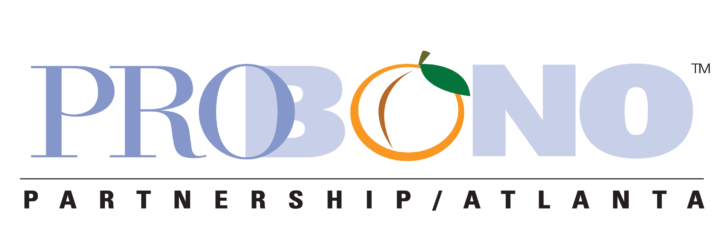Navigating the ERC: A Guide to Eligibility, Application, and Scam Prevention
Have you been getting offers to help your nonprofit apply for an employee retention credit? Or have you heard about other organizations bringing in thousands of dollars in tax credits under this program? During this episode of the PBPA Podcast, William Stone and Barclay Taylor with Morris Manning and Martin will help us break down …
